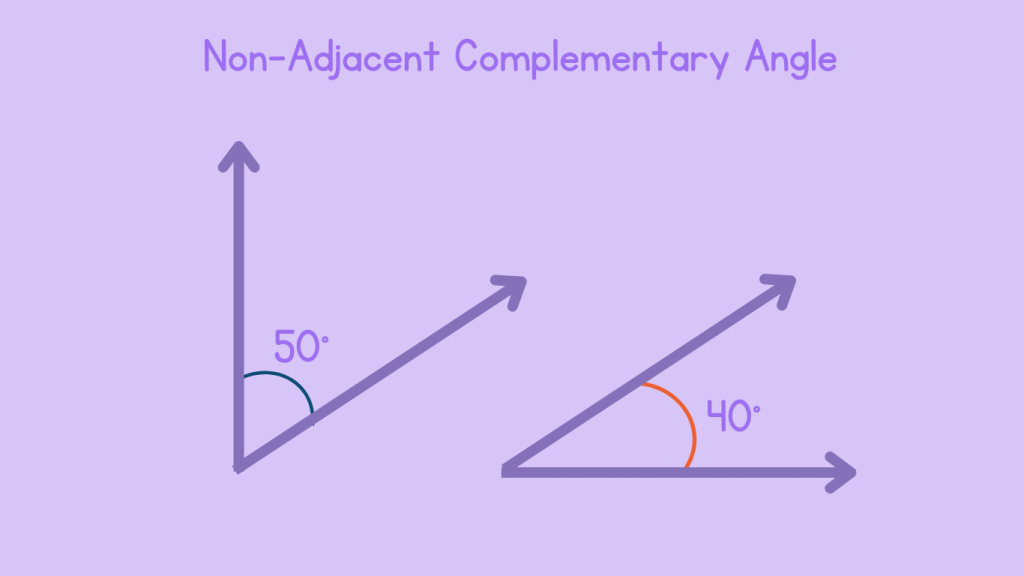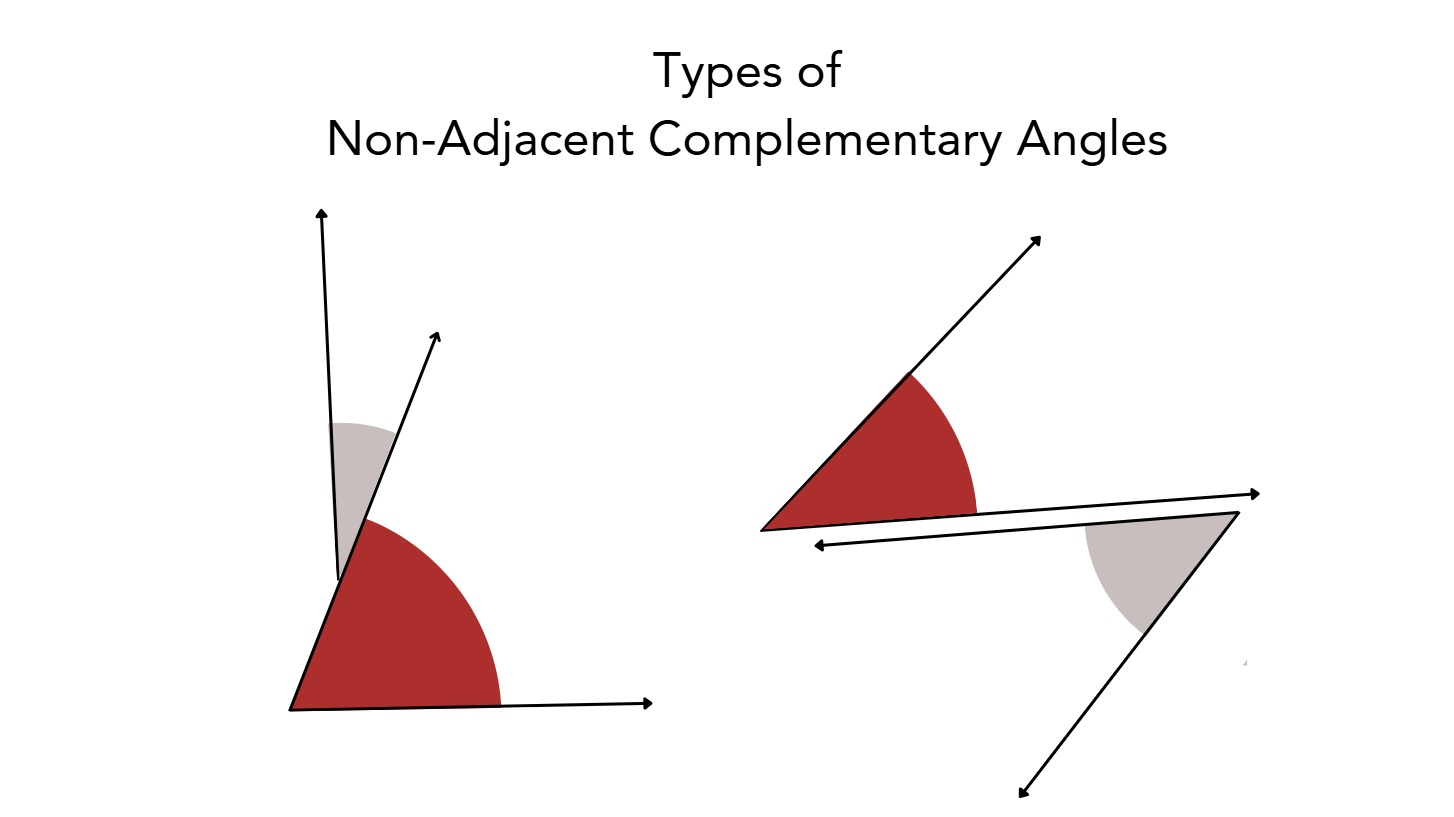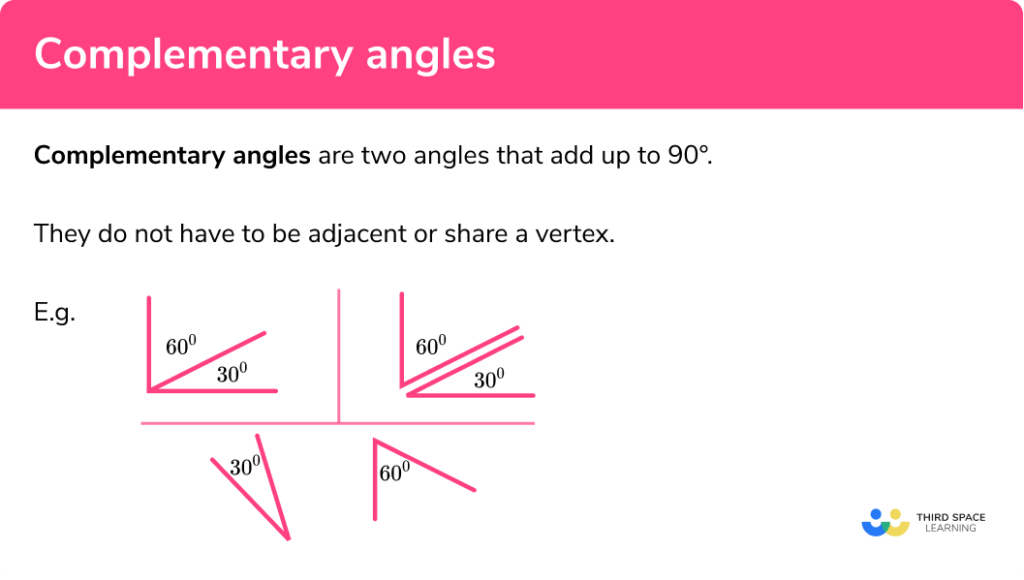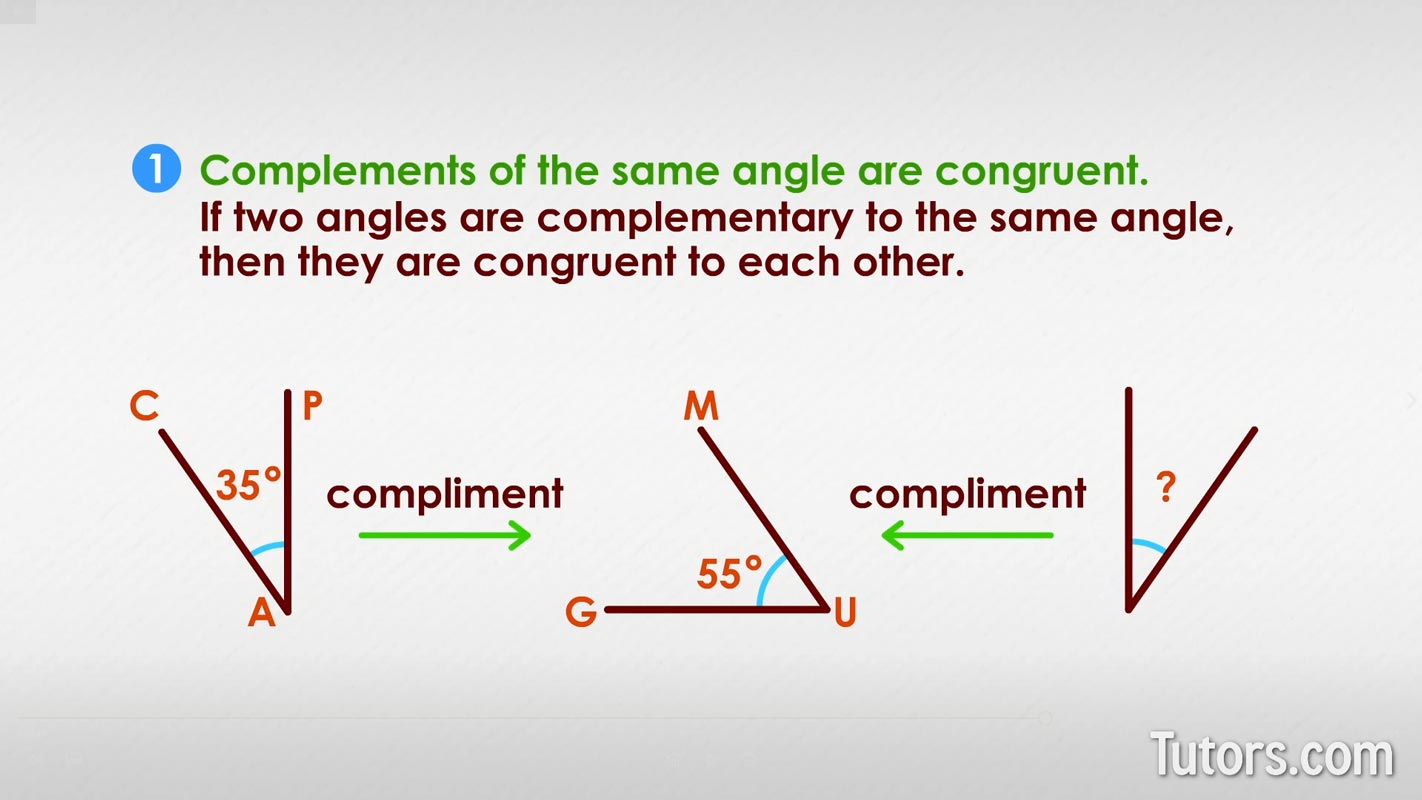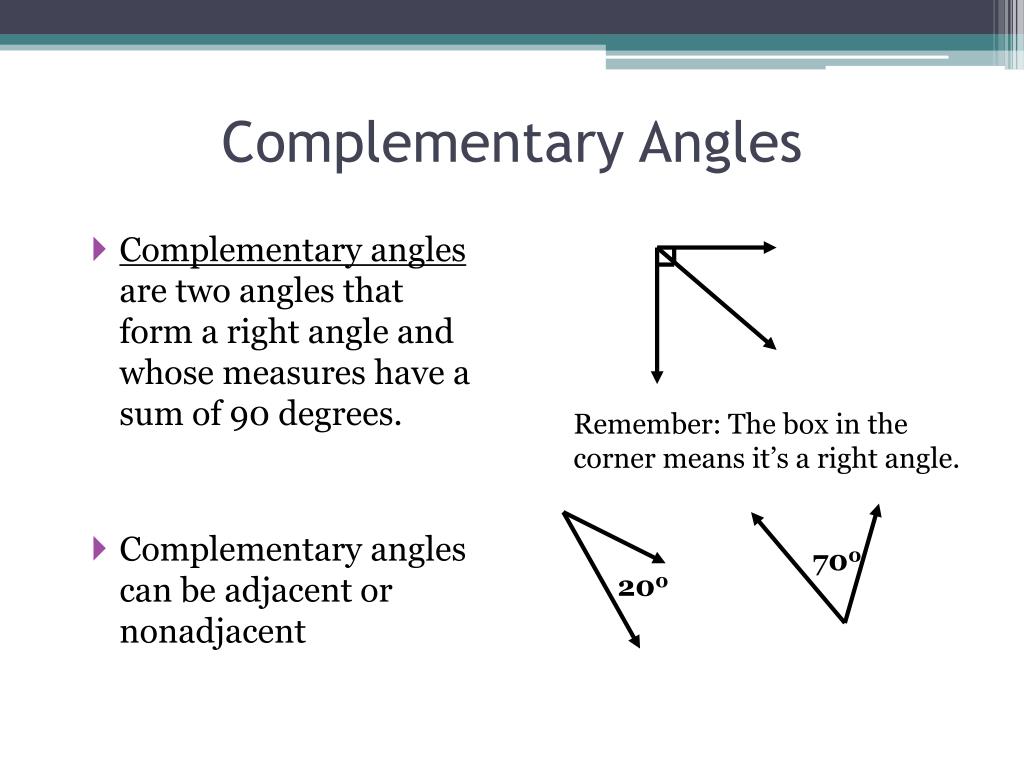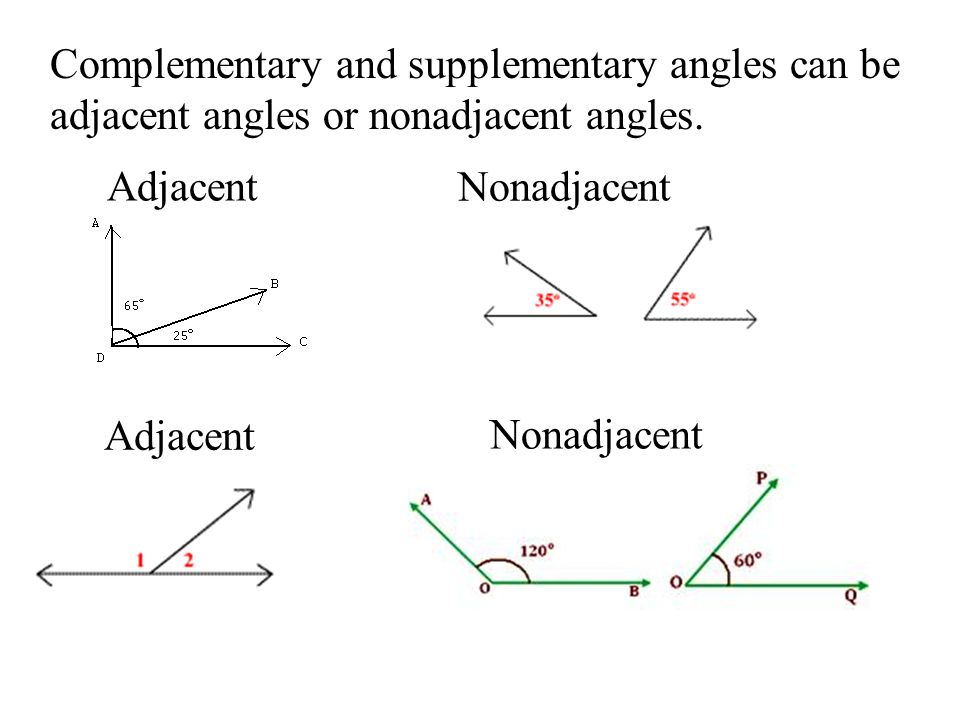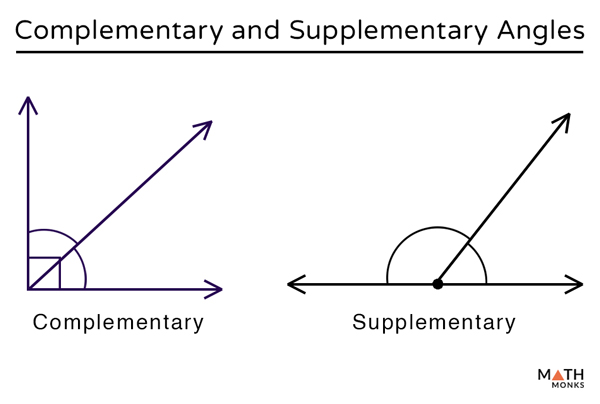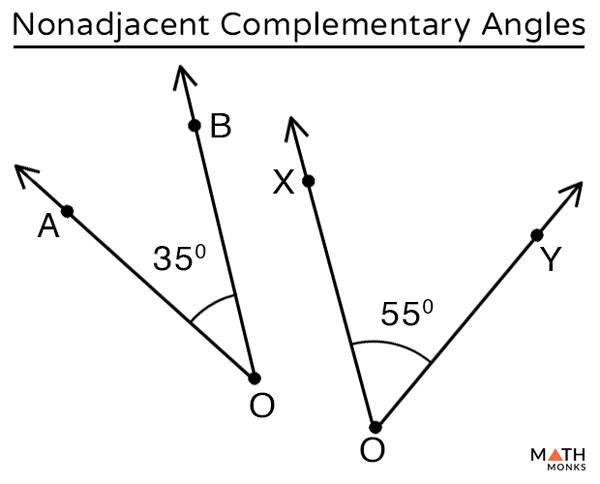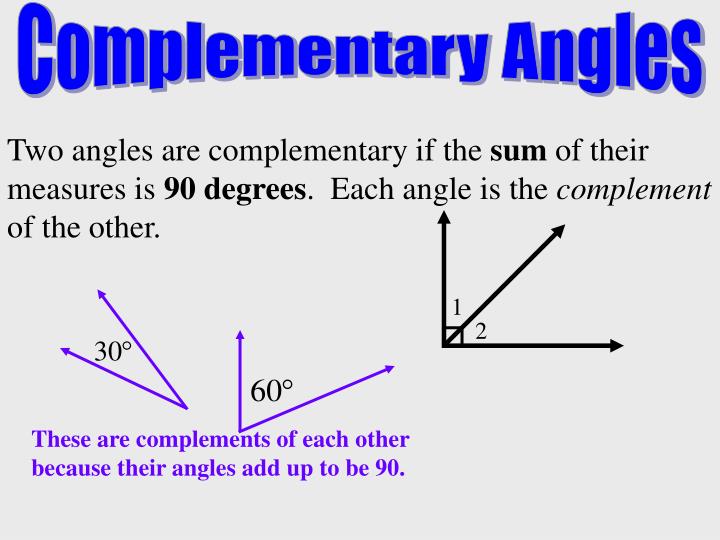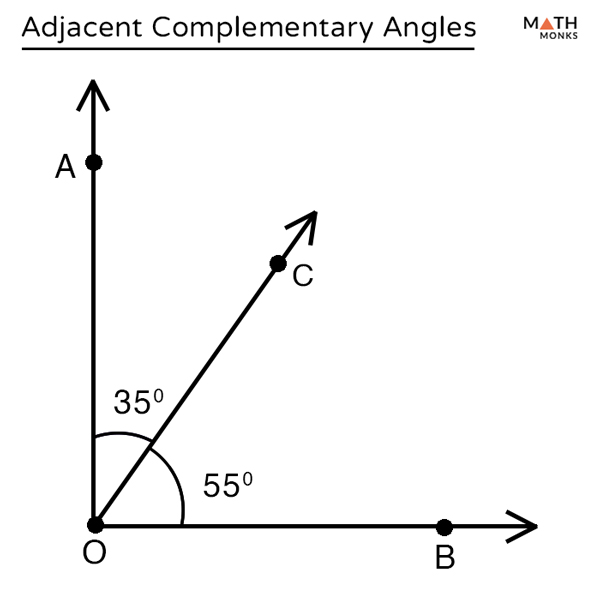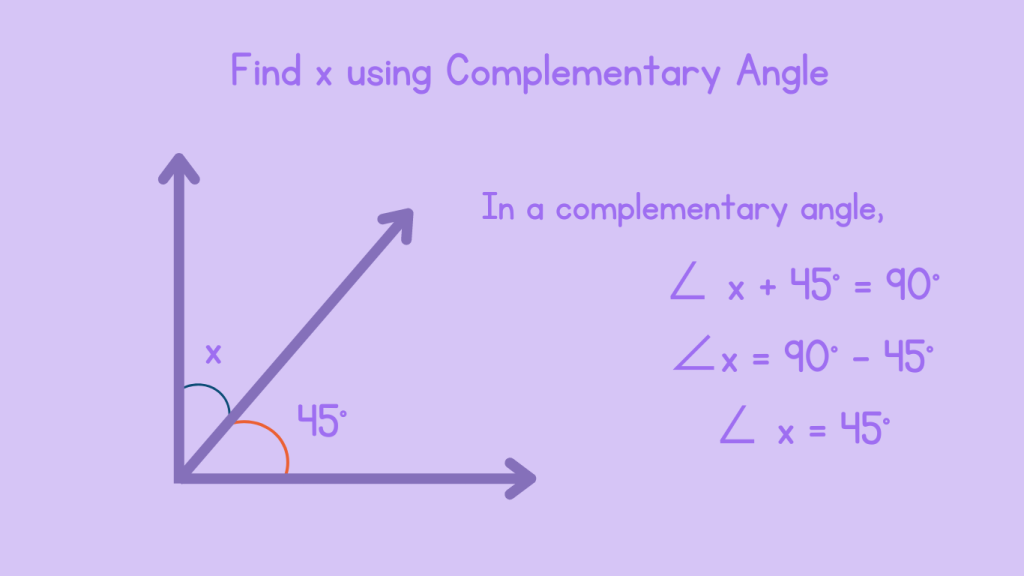Are There Angles That Do Not Have A Complement

Breaking: A mathematical anomaly has thrown established trigonometric principles into question. Preliminary findings suggest the existence of angles lacking complements, potentially reshaping our understanding of angular relationships.
This development, announced earlier today, challenges the long-held belief that every angle possesses a complement. The discovery could impact fields ranging from engineering to astrophysics, demanding a re-evaluation of fundamental calculations.
The Core Discovery
The research, spearheaded by Dr. Anya Sharma at the Institute for Advanced Mathematics, details the identification of specific angles, tentatively termed "non-complementable angles," within a newly defined mathematical space.
These angles, unlike those found in Euclidean geometry, seemingly defy the conventional rule that any angle less than 90 degrees has a corresponding angle that, when added together, totals 90 degrees.
What are Complementary Angles?
For centuries, mathematicians have relied on the concept of complementary angles: two angles whose sum equals 90 degrees.
This principle underpins countless calculations in geometry, trigonometry, and physics.
However, Dr. Sharma's team has presented compelling evidence challenging this fundamental assumption in certain mathematical frameworks.
The Evidence
The team's findings are based on analyses within a complex non-Euclidean geometrical structure.
Through rigorous calculations and computer simulations, they isolated a set of angles that cannot be paired with another angle to reach the 90-degree sum.
The findings were replicated by an independent team at MIT, lending further credence to the claims.
Specific Examples
While the precise values of these "non-complementable angles" are complex and reside within an advanced mathematical space, simulations offer visual representations of their behavior.
These simulations show the angles interacting in ways that are inconsistent with traditional trigonometric laws.
Details are expected to be fully disclosed in the upcoming publication in the journal, "Annals of Mathematical Physics."
The Implications
The implications of this discovery are far-reaching and potentially disruptive.
Engineers who rely on trigonometric functions for structural design, navigation systems, and countless other applications may need to re-evaluate their calculations and models.
Astronomers using angles to measure distances and positions in space could also be affected, potentially impacting our understanding of the cosmos.
Expert Reactions
Professor Kenji Tanaka, a renowned physicist at Caltech, described the discovery as "a seismic event in the mathematical community."
He cautioned against premature conclusions, stating, "Further investigation is crucial to fully understand the scope and limitations of these findings."
Dr. Emily Carter, a lead engineer at NASA, stated that her team is already reviewing the research to determine its potential impact on their ongoing projects.
Where and When
The initial discovery occurred at the Institute for Advanced Mathematics in Princeton, New Jersey, over the past six months.
The MIT replication study concluded just days ago, prompting the immediate public announcement.
Details will be formally presented at the International Mathematics Conference in Berlin next month.
Who is Involved?
The primary research team is led by Dr. Anya Sharma, with key contributions from postdoctoral researchers Ben Carter and Maria Rodriguez.
The independent replication study was conducted by Professor David Lee's team at MIT.
Funding for the research came from the National Science Foundation and the Simons Foundation.
Next Steps
Researchers worldwide are now scrambling to understand the nature and implications of these non-complementable angles.
The focus will be on refining the mathematical framework in which these angles exist and exploring their potential applications.
A dedicated task force has been formed by the International Mathematical Union to coordinate research efforts and disseminate findings.
Ongoing Developments
The Institute for Advanced Mathematics is hosting a series of workshops and seminars to facilitate collaboration and knowledge sharing.
The National Science Foundation has announced a special grant program to support research in this area.
The scientific community awaits the forthcoming publication in "Annals of Mathematical Physics" with bated breath.

